Decision Matrix Template
The Decision Matrix Template is used to simplify the decision-making process and prevent emotional, gut decisions. In short, a decision matrix template helps users grade a set of options against a set of criteria.
This template, like most decision matrix templates, includes a weighting system. It puts additional value on the scores of select criteria, so the most important factors carry additional weight in the final decision.
Going through a systematic process such as this reduces the potential for pet projects to be chosen over others, or for unpopular ones to be immediately discounted.
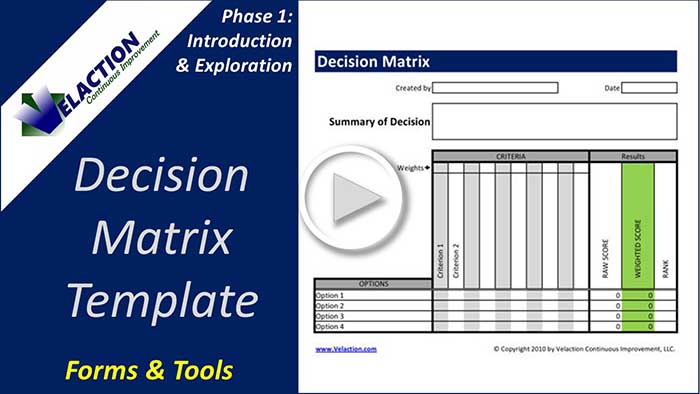 Watch this How To Video for our Decision Matrix Template
Watch this How To Video for our Decision Matrix Template

The downside of using a decision-making template is that it takes time. Every option must be scored against each criterion, so if 6 options are evaluated with 5 criteria, 30 scores are needed. If the decision matrix template is filled out in a group, that turns a single discussion in potentially 30 separate discussions. Plus, there is the challenge of agreeing on criteria and weighting to set up the matrix in the first place.
On the upside, those 30 discussions are far simpler than the dialogue would be if it was just a single, but complicated, conversation to select the final decision.
One word of warning: Before starting any scoring, make sure that all decision makers buy into the weighting system. If you skip this step, you will be more likely to have people challenge the final decision.
Scoring can be a simple consensus, or it can be a more sophisticated system of creating scoring tables and collecting data for each option. Your scoring can be done on any scale you want, but a 1-10 system or a 1-3-9 scale are commonly used. The first is self-explanatory. The second is to limit the discussion. Bad scores a 1, OK scores a 3, and good scores a 9. (Note: I prefer the 1-10 scale.)
Decision Matrix Template Risks
There are some risks to using a decision matrix template.
- Adding several related criteria can inadvertently increase a score. For example, if you are selecting a dog, “cleanliness” and “limited shedding” may overlap enough to change the intended scoring system.
- The weighting system is subject to bias. People tend to push for extra weight in the criteria that they know their preferred option will score well in.
- Changing scores or weights. While any result should be scrutinized for validity, be careful about adjusting the system or the scores to reorder the options after the results are compiled. It undermines the whole purpose of using a decision matrix.
- Dismissing the results. There is a good deal of effort that goes into creating a decision matrix. Leaders must be careful about going through a process such as this, and then discarding the results when they don’t turn out as expected.
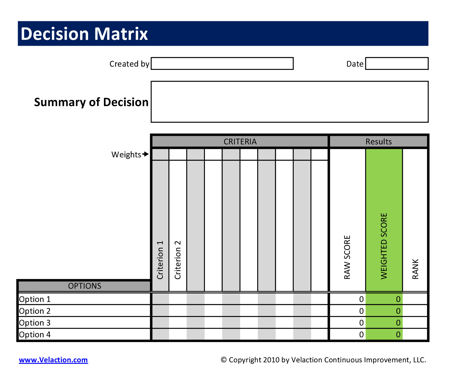
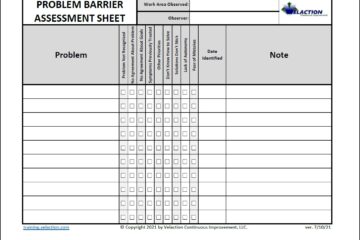
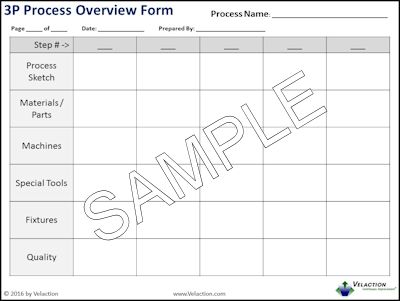
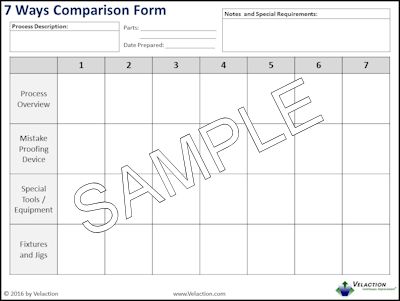
7 Comments
vic · October 25, 2019 at 8:36 pm
Hi, how can i download the template? When i click on the image it shows the message that the site cannot be reached.
Thank you
Jeff Hajek · October 26, 2019 at 9:22 am
Hi Vic,
So sorry about that. My storefront service made an unrequested change to my service, and it screwed up the store. They are working to fix it. I’m not sure how long it is going to take.
Sorry.
Jeff
wassom · April 15, 2012 at 9:40 pm
thanks, Jeff. you are the best for me
Jeff Hajek · April 16, 2012 at 5:37 am
Wassom,
Thanks for the compliment. Always nice to hear that my site is appreciated.
Regards,
Jeff
Joe Contris · November 16, 2011 at 1:15 pm
Thanks. Great tool. Would you agree that the tool can be used to prioritize projects such as mentoring new docs, acquiring new clinics against the impact these and other projects have on a company across a criteria set(finance, human resources, quality improvement, facilities,etc.)?
Thank you!
Joe
Jeff Hajek · November 16, 2011 at 1:27 pm
Joe,
Thanks for the compliment.
Yes, the decision matrix is useful in all of those circumstances.
The big gain you’ll get in the examples you mentioned is gaining agreement on how the decisions are made. When multiple groups all have skin in the game, decisions are hard to look at in their entirely. But it is easier to get agreement on each small slice of the decision.
When you piece those decisions back together, you get more buy in because people bought into the process that brought you to it.
Thanks for the comment.
Jeff
Joe Contris · November 16, 2011 at 1:40 pm
Thanks again, Jeff. If you don’t mind I will let you know how the tool/process works going foward.
Joe